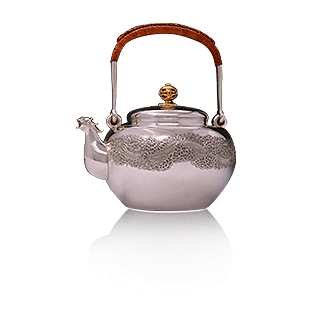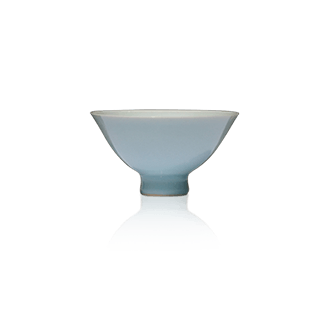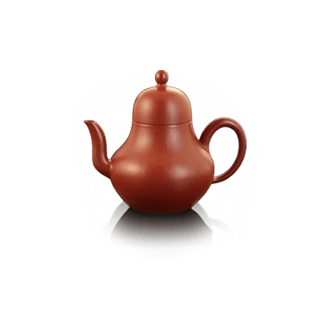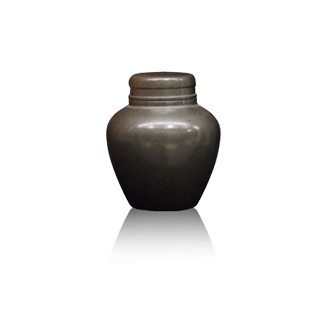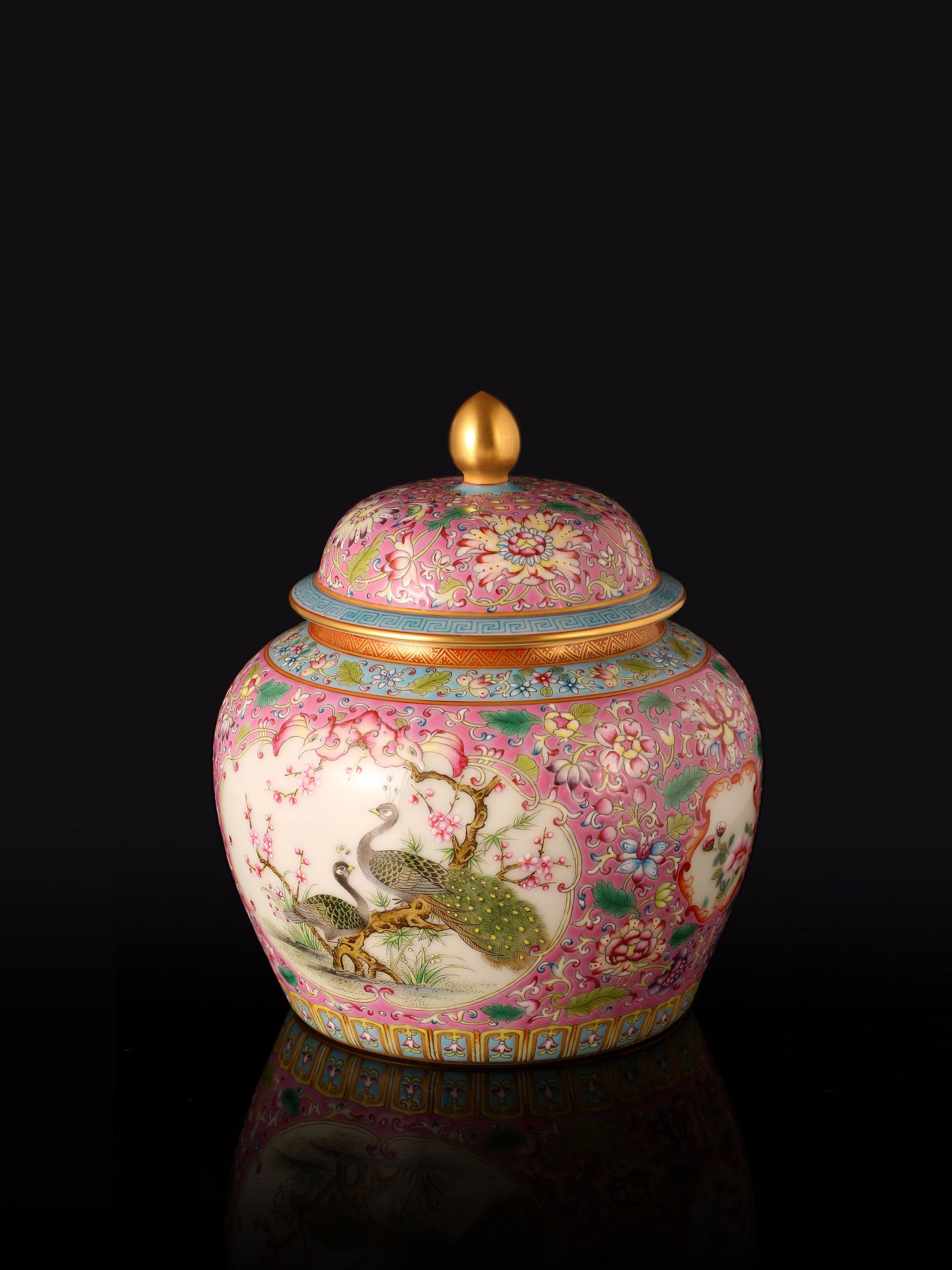
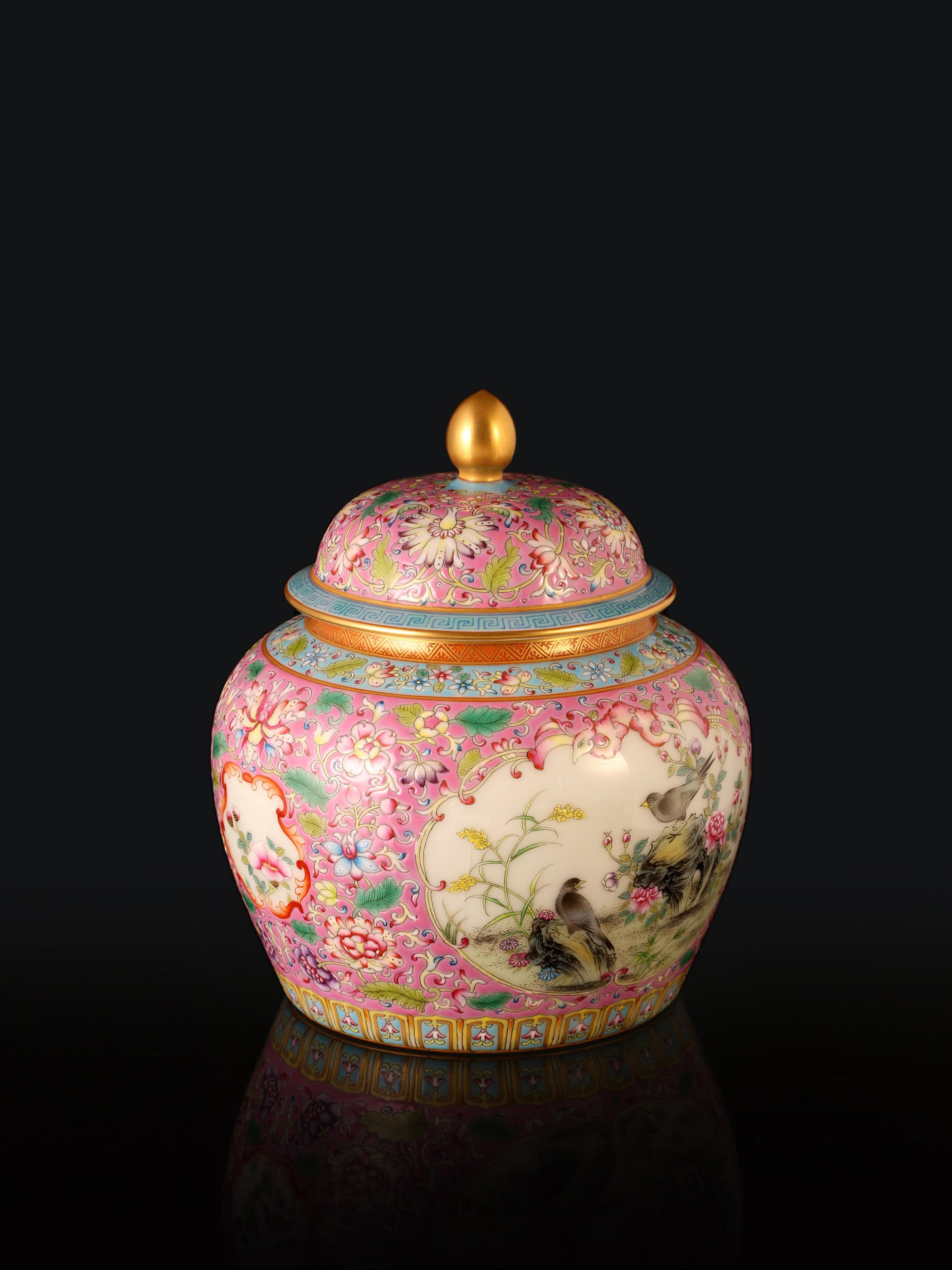
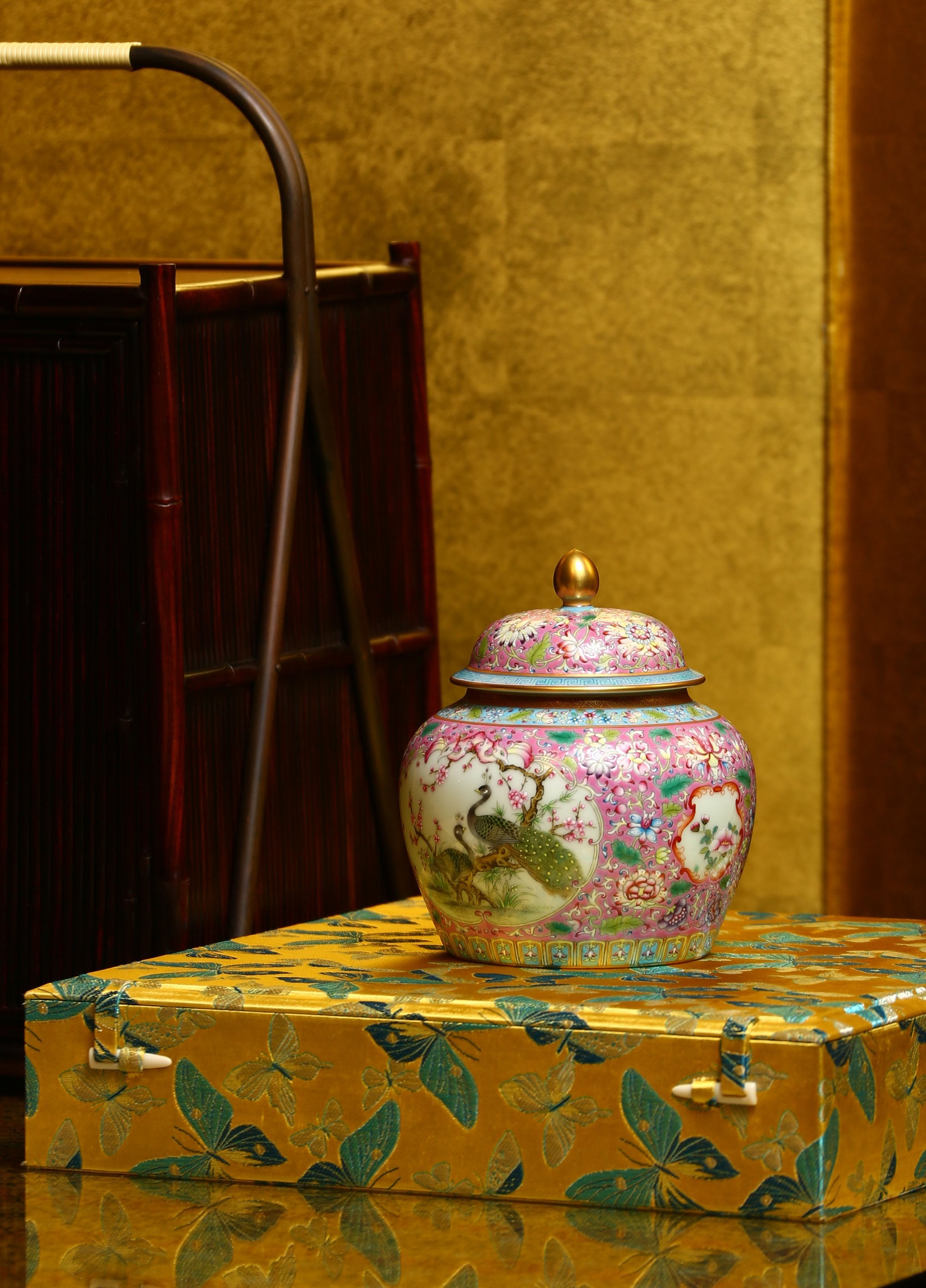
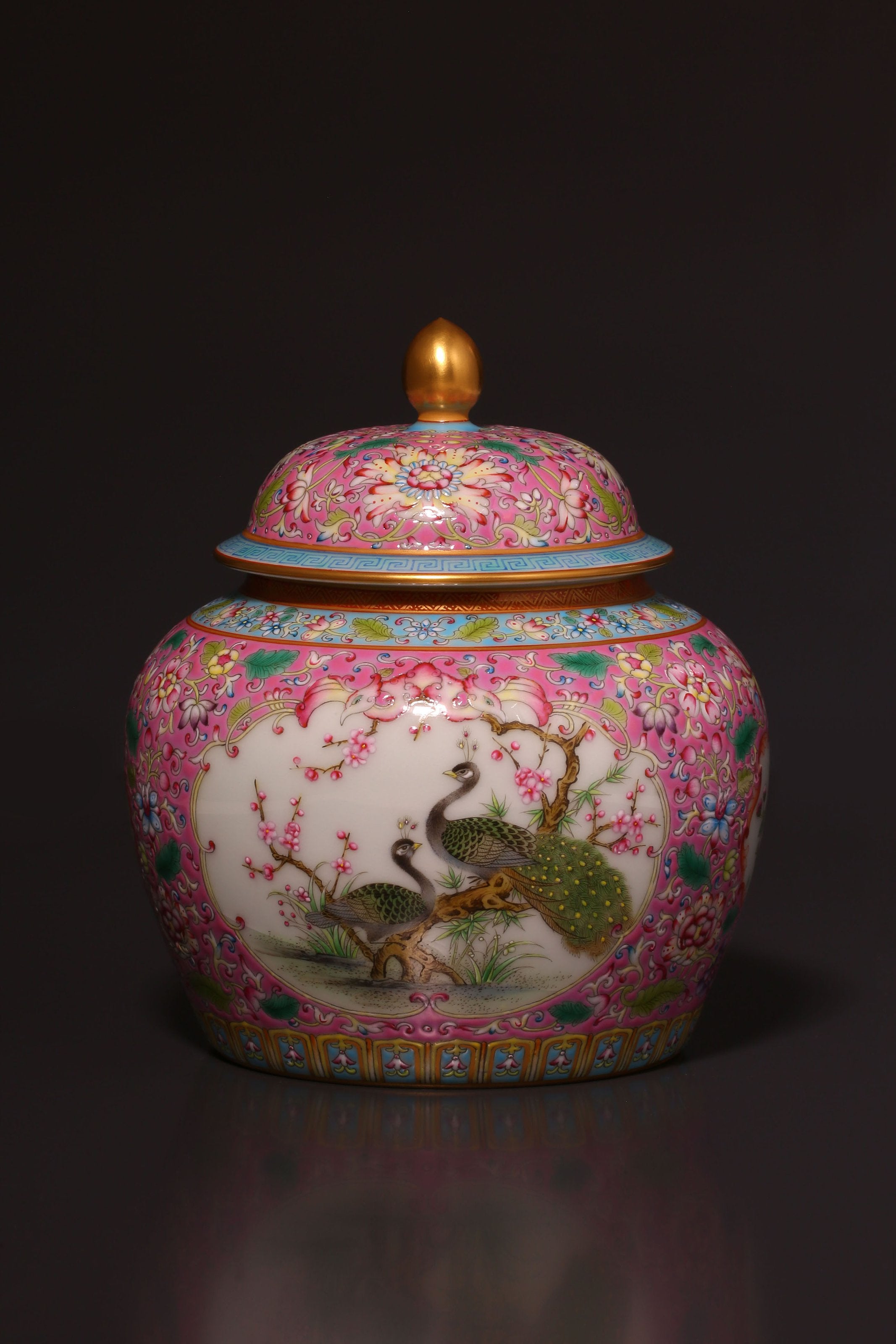
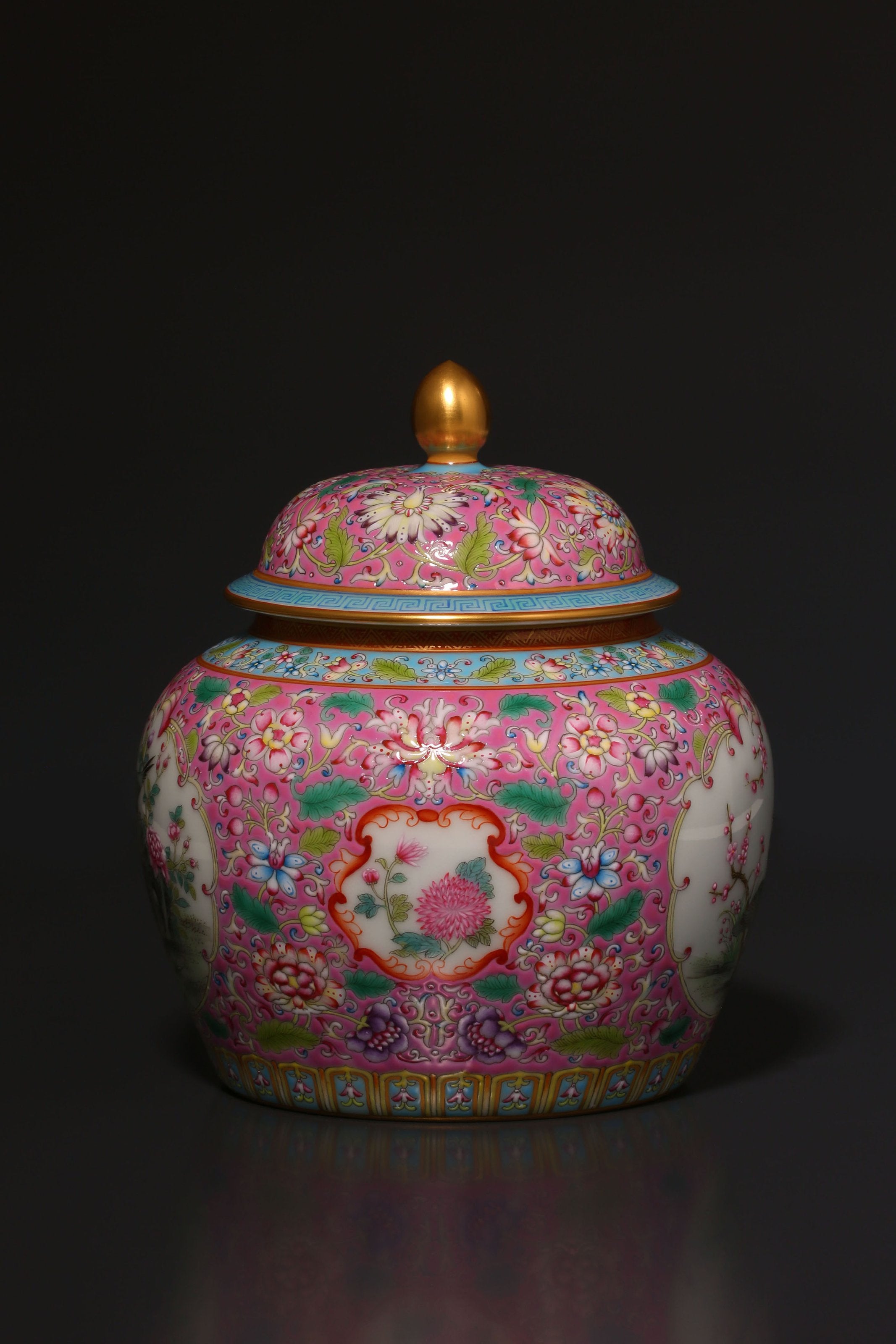
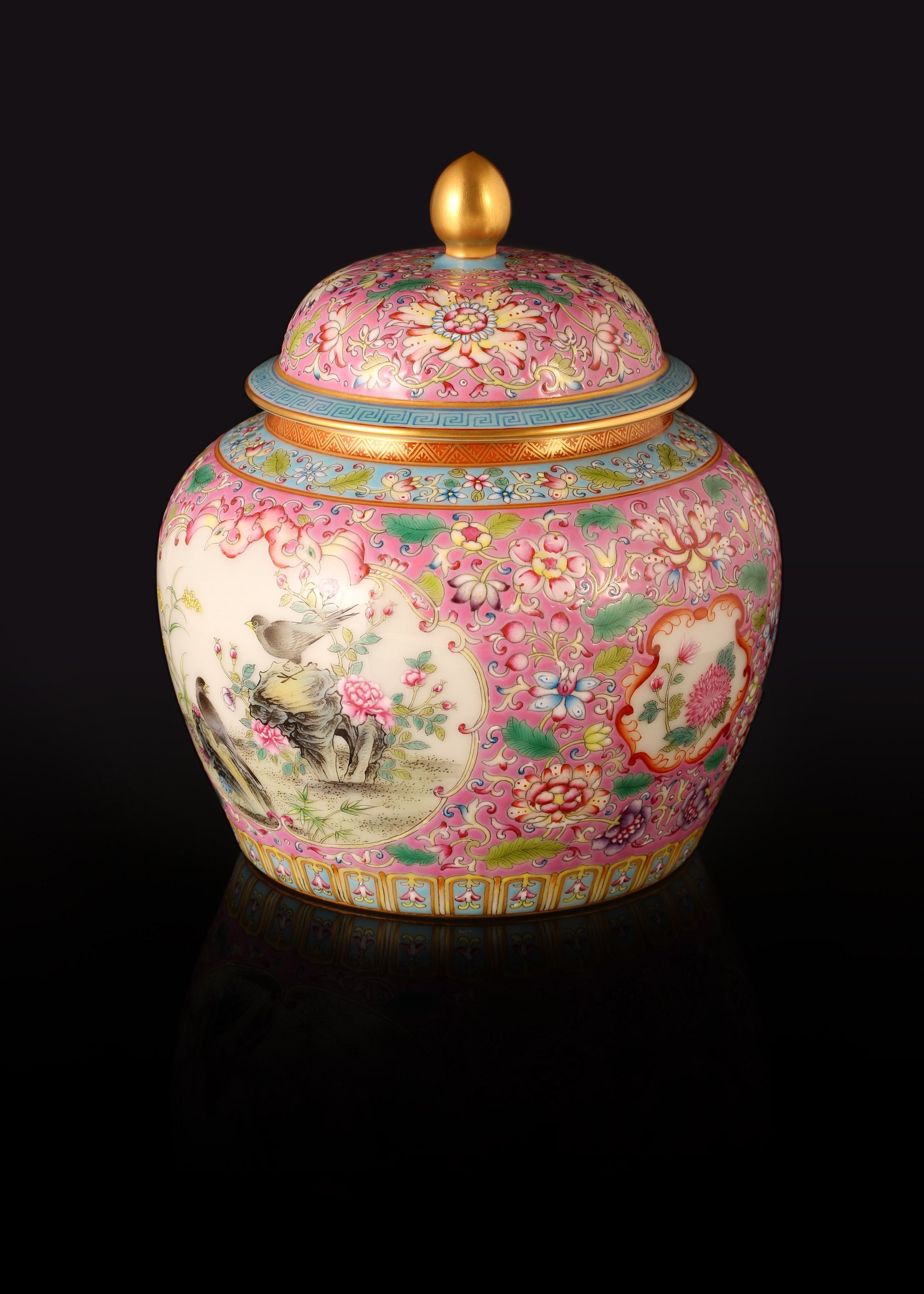
Enamel-painted tea caddy with openwork floral and bird design








Enamel-painted tea caddy with openwork floral and bird design
Enamel-painted tea caddy with openwork floral and bird design
Enamel-painted tea caddy with openwork floral and bird design
Vessel Type: Tea Canister
Artist: dayatang
Material: Porcelain
Specifications: Rim Diameter: 8.5cm; Overall Height: 18.5cm Foot diameter 10.3cm Foot Diameter
Vessel Type: Tea Canister
Artist: dayatang
Material: Porcelain
Specifications: Rim Diameter: 8.5cm; Overall Height: 18.5cm Foot diameter 10.3cm Foot Diameter
Enamel-painted tea caddy with openwork floral and bird design
The enamel-painted tea caddy with its openwork floral and bird design is vibrant and colorful, yet elegant and refined.
It was jointly made by Xu Zhijun, an inheritor of the Qing Dynasty official kiln famille rose porcelain painting technique from Jingdezhen, and Zhang Jian, a master of overglaze enamel and gold-leaf technique, and many other teachers.
It is painted using various techniques such as enamel painting, iron red, and gold leaf application, and is fired four times in the kiln.
The patterns include lantern patterns, lotus flowers, etc., and each pattern has a meaning, and the meaning is auspicious. The exquisite patterns and the elegant colors are perfect and beautiful.
Flowers and birds in the window:
A pair of peacocks, rendered in meticulous brushwork, depict vibrant and flowing feathers with long, slender barbs resembling golden-green velvet, reflecting light with dazzling brilliance. Bamboo and plum blossoms provide a backdrop, and these auspicious birds perch by the window.
vine pattern:
The exterior is painted with enamel-painted intertwined branches, with clear veins and graceful, dynamic foliage. The continuous structure of the branches and leaves symbolizes "endless life".
Enamel:
Besides the intricate and exquisite painting, the enamel-painted four-window flower and bird tea jar requires four firings in the kiln to complete, each with its own risks.
Enamelware from the Qing Dynasty was originally intended for the enjoyment of emperors and empresses. Enamel is a special type of artificially fired pigment. Before the sixth year of the Yongzheng Emperor's reign (1728), it had to be imported from Europe. After the sixth year of the Yongzheng Emperor's reign, the Qing Palace workshops were able to refine more than 20 kinds of enamel pigments themselves, which is a product of the peak period of ancient Chinese polychrome porcelain craftsmanship.






Frequently asked questions
Use the FAQ section to answer your customers' most frequent questions.
Order
Yes, we ship all over the world. Shipping costs will apply, and will be added at checkout. We run discounts and promotions all year, so stay tuned for exclusive deals.
It depends on where you are. Orders processed here will take 5-7 business days to arrive. Overseas deliveries can take anywhere from 7-16 days. Delivery details will be provided in your confirmation email.
You can contact us through our contact page! We will be happy to assist you.





